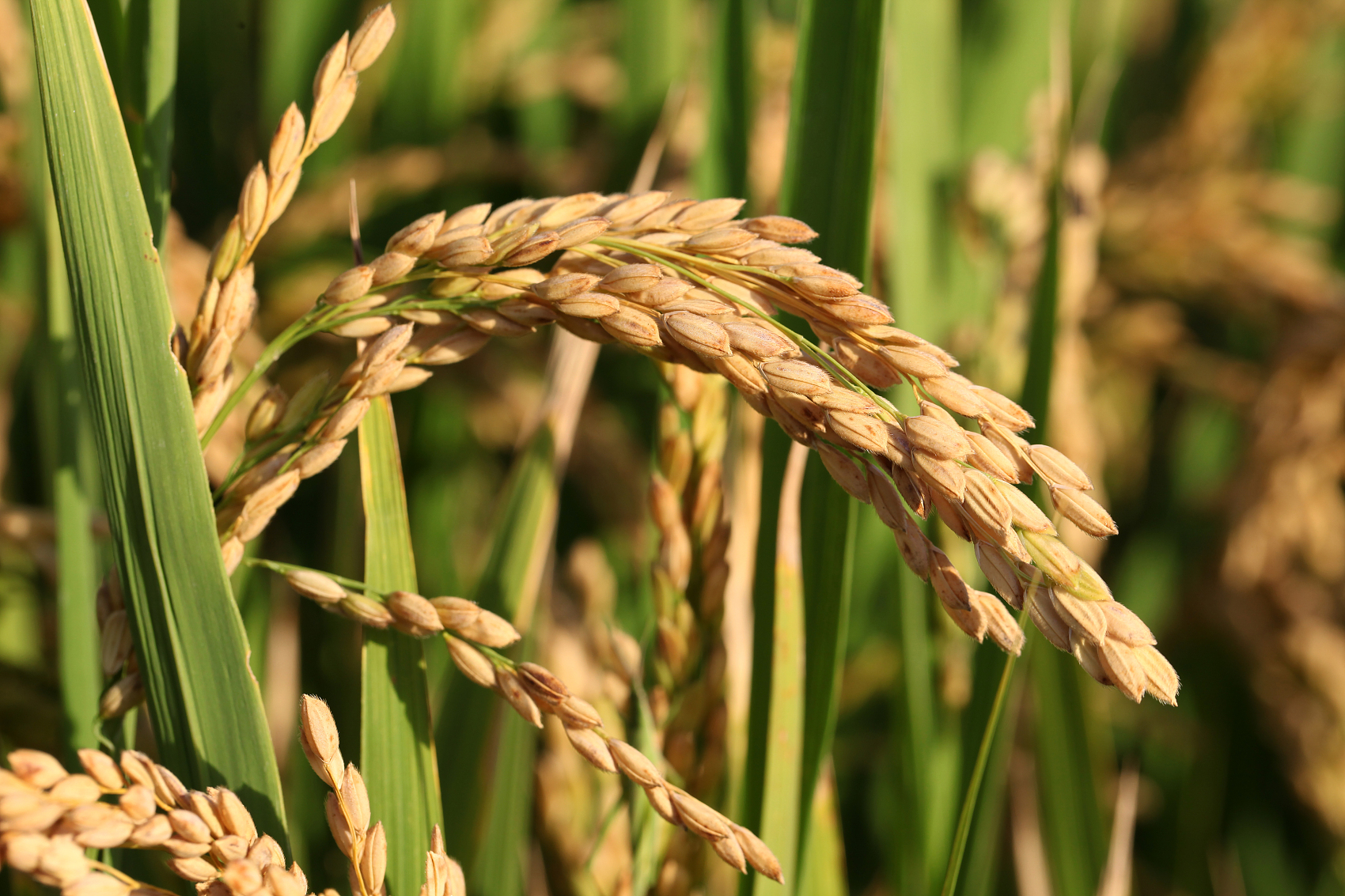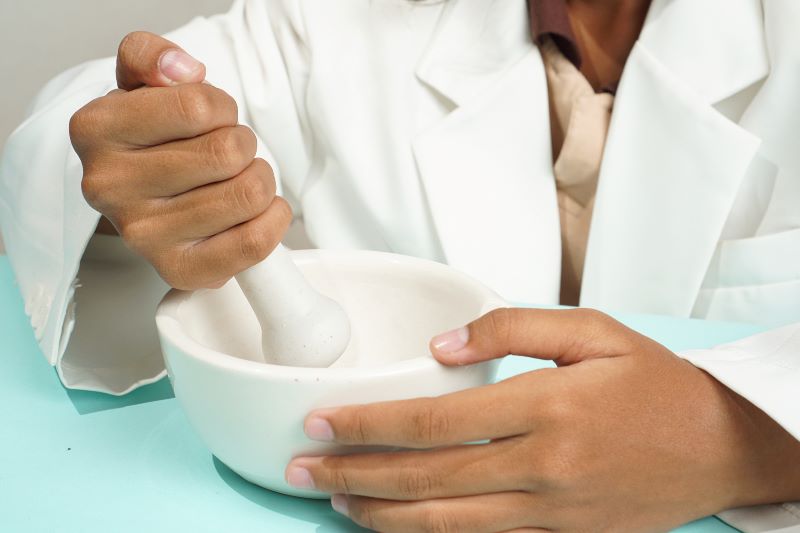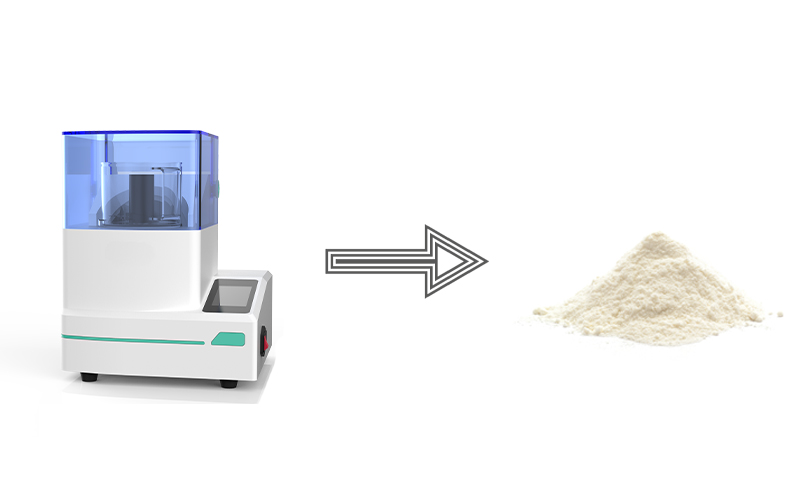Soil is easy to be polluted by human activities. Farmland and soil is one of the important natural resources that human beings rely on for survival as well as the source of agricultural production, and an important part of ecological environment. With the development of industrialization, pollutants enter farmland soil through various ways, causing serious pollution. We found that the content of heavy metals has the greatest impact on the physical and chemical properties of soil.

In recent years, more and more heavy metals have been detected in agricultural products. Asone of the main crops, scientists focus on rice study. Sample preparation is an important part of the analysis, and the principles should be followed: The sample preparation process should avoid the use of sample preparation tools that may contain ingredients to be measured, and try to select pure natural products such as mallets, sticks, etc. Therefore, most of the previous sample preparation was based on manual grinding, which is low efficient.

Knife mill can definitely solve above problem,save sample preparation, improve sample fineness, and lower production and management cost.
Working Principle
Knife mill working principle is very simple, mainly through the high-speed rotation of the blade to produce a large cutting force to achieve the purpose of crushing and homogenizing the sample. It is widely used in food, agriculture, medicine, biology and other industries.

Grinding Steps
A: Prepare a knife grinder with stainless steel blades, a set of plastic grinding cups and several rice seed samples.

B: Place the sample (rice seed) into the sample cup of the grinder, adjust the grinding frequency and time according to the tissue type and processing volume, and then click Start grinding.
C: During the grinding process, the blade of the knife grinder rotates at high speed to crush the sample into a fine powder.
D: After grinding, take out of the samples for further experiments.
Note: The grinding time should not be too long, otherwise it may lead to overheating or cross-contamination of the sample, usually choose low-speed grinding to avoid high temperature and chemical changes in the sample.

Difference between manual grinding and knife mill
According to reference, scientists analyzed rice manual grinding and knife grinding.
By studying the rice samples with the two grinding methods, they analyze concentrations of eight elements As, Hg, Cu, Pb, Zn, Cd, Cr and Ni. The results showed that there was no significant difference in the monitoring data between the samples of manual grinding and the samples of knife grinding. Therefore, the knife grinder can be used as a sample preparation instrument for rice, wheat, corn in most industries.

Follow official account